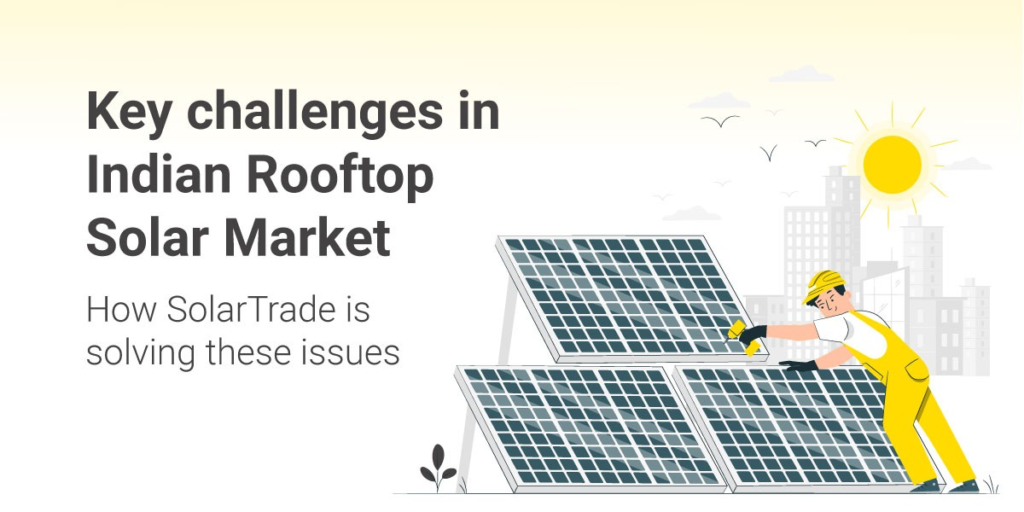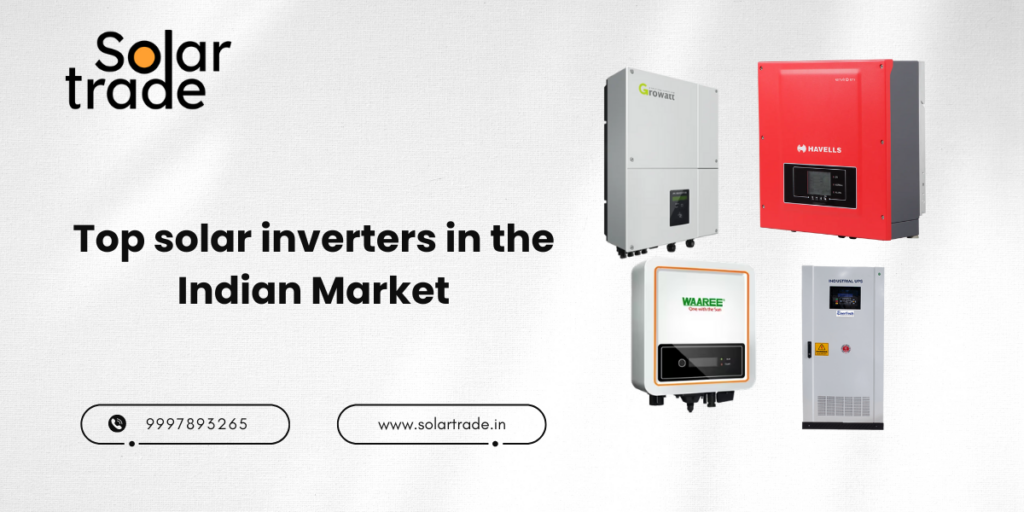India missed its solar target of 2022 and thats because the rooftops solar sector didnt grow the way it was expected. To achieve the 100 GW solar, India needed 40GW of rooftop solar but we were able to achieve only 8GW.
Here in this article, we will try to explore the major challenges that India is facing in the rooftop solar industry and how SolarTrade is providing the solution.
Low Financing:
Residential, commercial, and institutional sectors are eager to install grid-connected RTS using bank loans. Banks have been urged by the Union Ministry of New and Renewable Energy (MNRE) to offer RTS loans at discounted rates. RTS, however, is rarely granted credit by nationalised banks. As a result, a large number of private companies have entered the market and are now offering loans for RTS at higher rates of 10-12%.
Supply Chain
Due to ALMM, the entry of foreign modules was restricted in the Indian market. Though the intention of Indian policy markers was good this came into the picture at a time when India not only lacked the manufacturing but also the technology to manufacture solar modules.
This created a gap in the demand and supply of solar modules resulting in a delay in the projects. Now when the government has realized it and have decided to pause this for next 2 years, India will see overflow of the modules that will again create a lot of disruption. What is needed is a seamless supply-chain process which SolarTrade is working on along with the solar financing
Flip-Flopping Policies:
Despite the fact that the mass audience is shifting to solar energy, flip-flopping policies remained a significant barrier, particularly for power distribution corporations (discoms). Industry executives note that before discoms and state governments began tightening restrictions for the sector, RTS was beginning to appeal to several customers.
The GST (Goods and Service Tax) Council of India has increased the GST on various solar system components from 5% to 12%. It will add 4-5% to RTS’s capital cost.
Regulatory Framework:
The regulatory environment has a significant impact on the RTS segment’s growth. The lack of or withdrawal of state-level policy support for the RTS segment, particularly for the business and industrial segment, which comprises the majority of target consumers, has been a major factor in the industry’s slow growth.
Inconsistent Rules on Net and Gross Metering:
One of the main challenges the industry is experiencing is the regulation of net metering. A report claims that India’s new rooftop solar objective will be affected by the Power Ministry’s new guidelines, which bar rooftop solar systems greater than 10 kW from net metering.
The new regulations require gross metering for systems with loads more than 10 kW and net metering for rooftop solar installations up to 10 kW.
RTS systems’ excess power can be supplied back into the grid thanks to net metering. A set feed-in tariff is used by state power distribution companies (DISCOMS) to compensate consumers for the solar power they supply to the grid under the gross metering scheme.
At SolarTrade we have developed a platform of verified solar products and services. We listen what market is trying to say and value the customer feedback.


